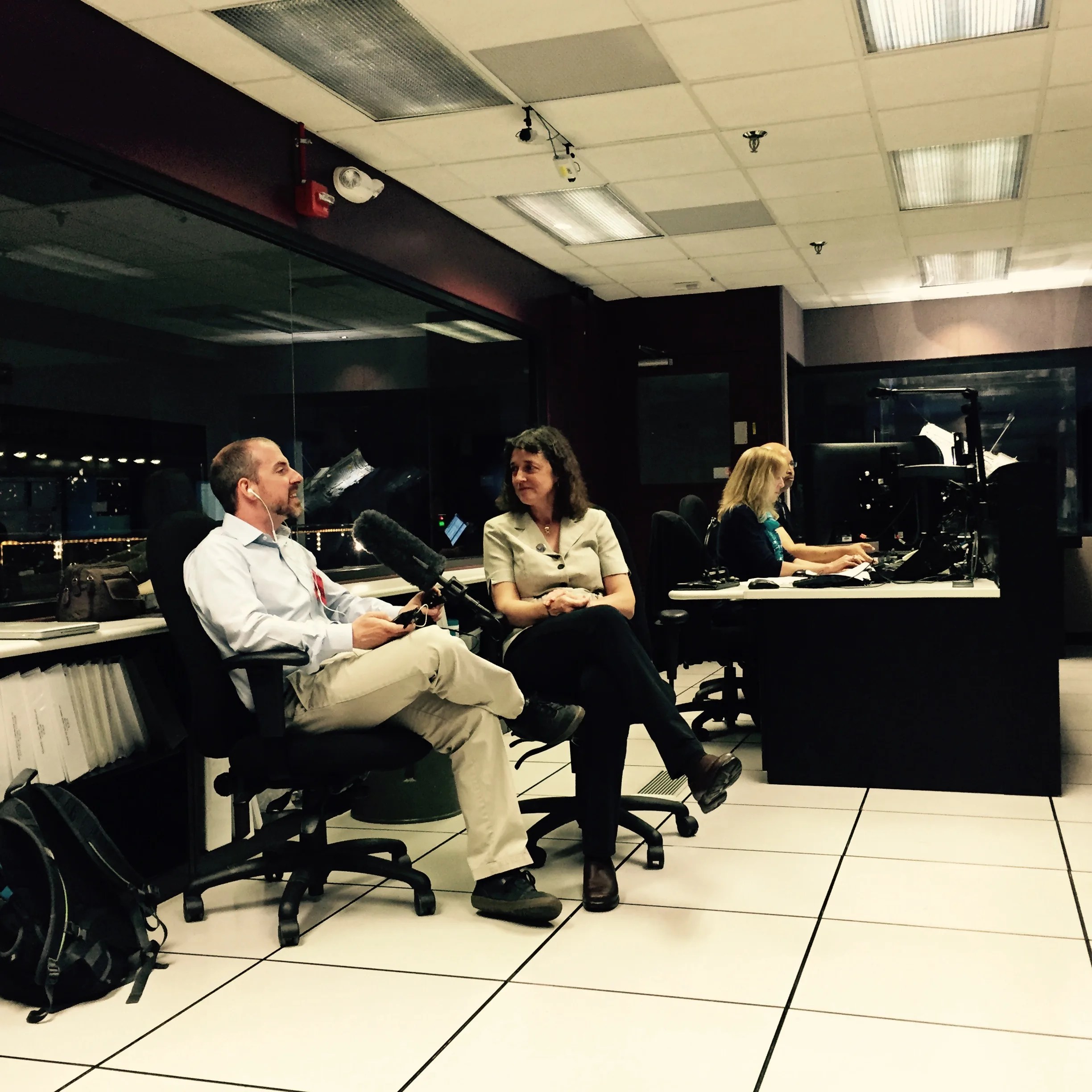4 min read
The Hubble Space Telescope began its mission in 1990. On April 24, 2015 the telescope celebrated its 25th anniversary. To commemorate the anniversary, Dr. Jennifer J. Wiseman, a senior astrophysicist and Senior Project Scientist for the Hubble Space Telescope at NASA's Goddard Space Flight Center in Greenbelt, Maryland recently answered some questions.

Q: How is the Hubble Space Telescope significant after 25 years?
A: Hubble is still on the forefront of scientific discovery and exploration. Thanks to the repeated servicing of the telescope by astronauts over the years, and in particular the last servicing mission in 2009, the observatory is very scientifically powerful, making new discoveries and scientific advances in everything from solar system dynamics to the large scale structure of the universe. This is showing that partnerships between science and astronauts can achieve great advancements for science and human discovery.
Q: What are some of Hubble’s biggest discoveries?
A: Some of the biggest Hubble discoveries include…
- Measurement of the expansion rate and age of the universe, and even the recent detection (working along with premiere ground-based telescopes) of acceleration in that expansion, caused by mysterious "dark energy" that appears to be pushing the universe apart.
- Measurements of the chemical composition of the atmospheres of planets (i.e. exoplanets) circling other stars
Find more Hubble Science Highlights https://science.nasa.gov/mission/hubble/science/science-highlights/
Q: What will history say about Hubble?
A: Hubble will go down in history as having "changed the textbooks" by totally revolutionizing humanity’s view of the universe, and our place in it.
Thanks to its orbit in space above the Earth's atmosphere, Hubble has been able to get beautifully sharp images and precise scientific data revealing a universe full of activity. It has shown us that galaxies in the universe have changed over the billions of years of cosmic time, producing stars that over time produce heavy elements needed for planets and life. It has also shown us exquisite beauty in the universe, in everything from galaxies to glowing nebulae to planetary atmospheres in our own solar system.
Q: What does the future hold for Hubble?

A: The last servicing mission in 2009 was very successful, thankfully. As a result, Hubble has a suite of several powerful scientific instruments and is more scientifically productive than ever. Hubble is expected to continue to provide valuable data until at least 2020 or years beyond, and NASA scientists are exploring options for the best scientific use of Hubble in its remaining years ahead. Hubble will stay in orbit for a long time. However, in some future decade, NASA will put it out of commission, either boosting it to a storage orbit at a higher altitude, or gently guiding it into the ocean safely, but that won't be until at least the 2030s, long after Hubble has finished producing science.
Q: Can Hubble be repaired?
A: Right now the Hubble is operating beautifully. In the future, we don't have any capability to send astronauts since we don't have the shuttle program in place.
So, we are using the telescope to the fullest extent and hope that the telescope will operate at least until 2020 and probably many years beyond that.
Dr. Jennifer Wiseman is NASA’s Senior Project Scientist for the Hubble Space Telescope. She previously headed NASA Goddard's Laboratory for Exoplanets and Stellar Astrophysics. She studies star forming regions of our galaxy using radio, optical, and infrared telescopes, with a particular interest in how infant stars develop in dense interstellar clouds. She is also interested in science policy and public science outreach and engagement.
The Hubble Space Telescope is a project of international cooperation between NASA and the European Space Agency. NASA's Goddard Space Flight Center in Greenbelt, Maryland, manages the telescope. The Space Telescope Science Institute (STScI) in Baltimore conducts Hubble science operations. STScI is operated for NASA by the Association of Universities for Research in Astronomy, Inc., in Washington.
Where can I find images and more information about Hubble and its discoveries?
You can find spectacular images and information about the Hubble Space Telescope at: http://hubblesite.org or www.nasa.gov/hubble
For Hubble's 25th Anniversary Events throughout 2015, visit: http://hubble25th.org/
Contacts:
Rob Gutro
NASA's Goddard Space Flight Center







